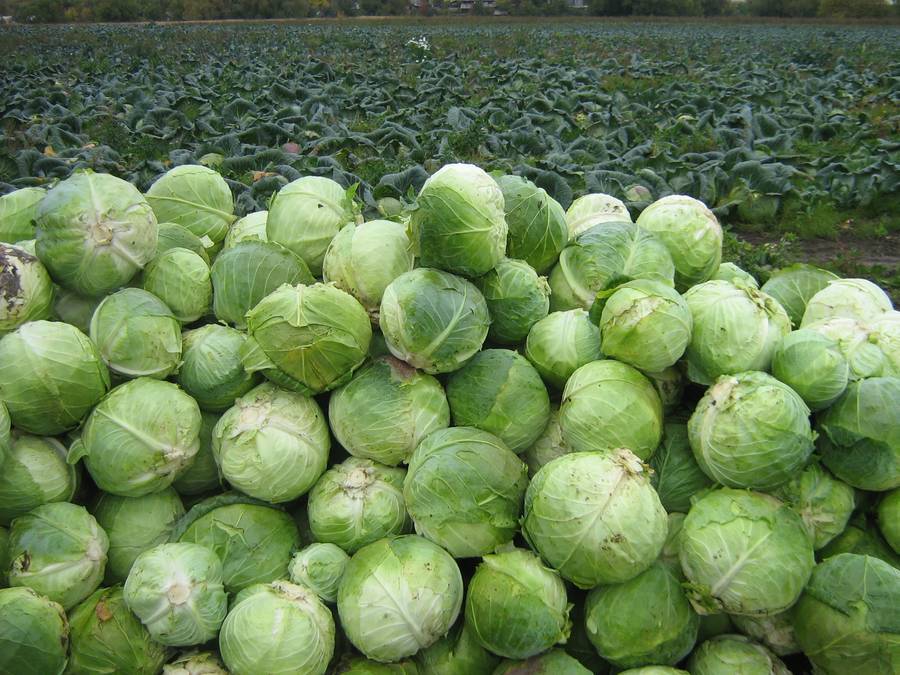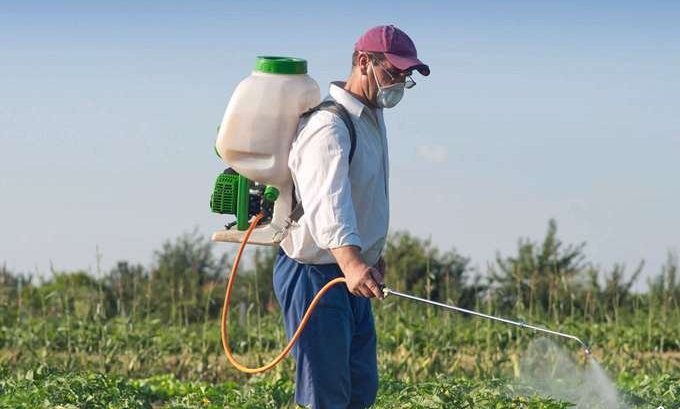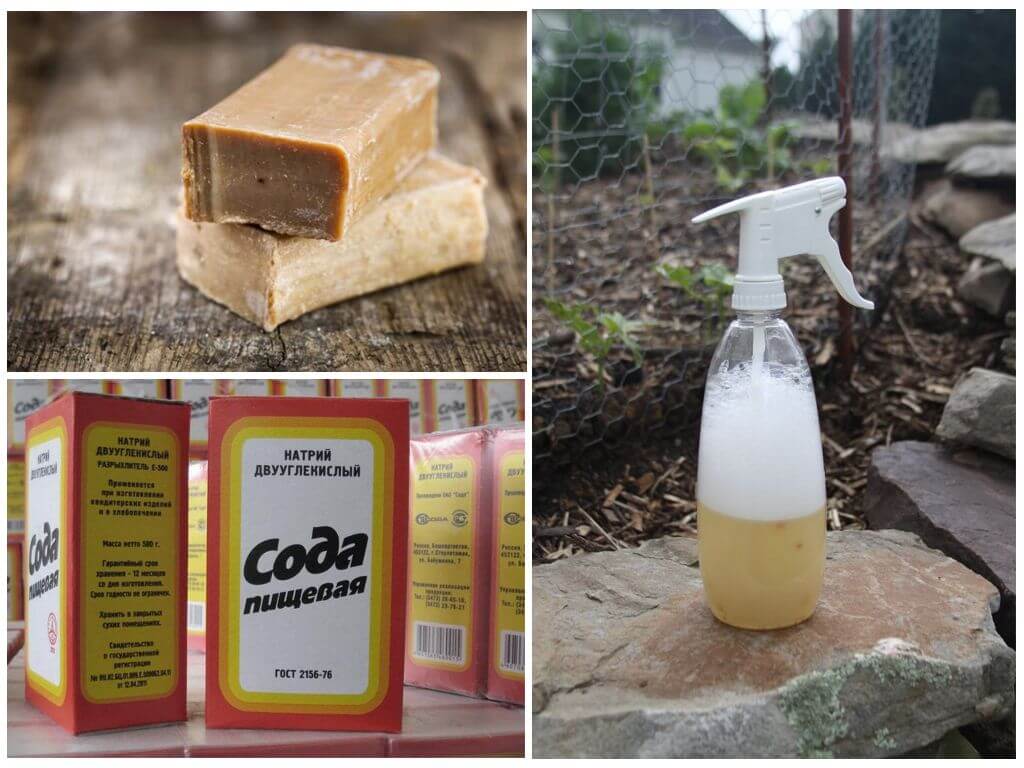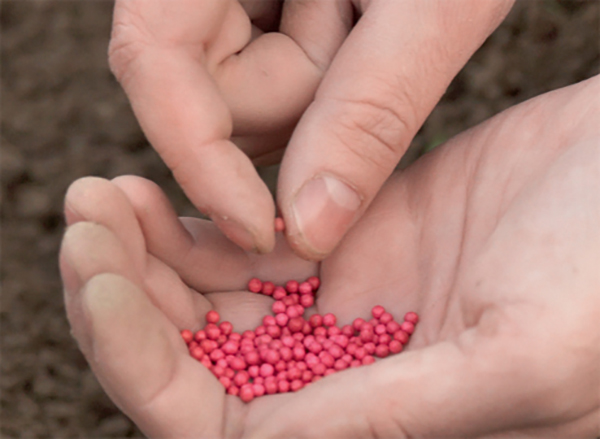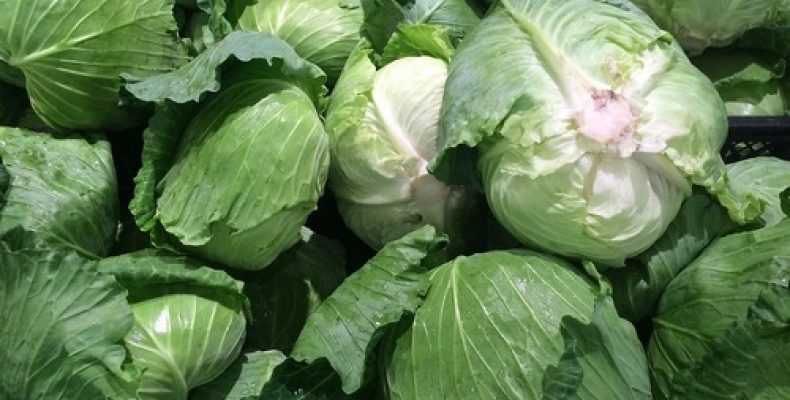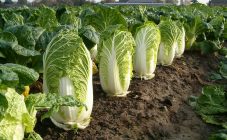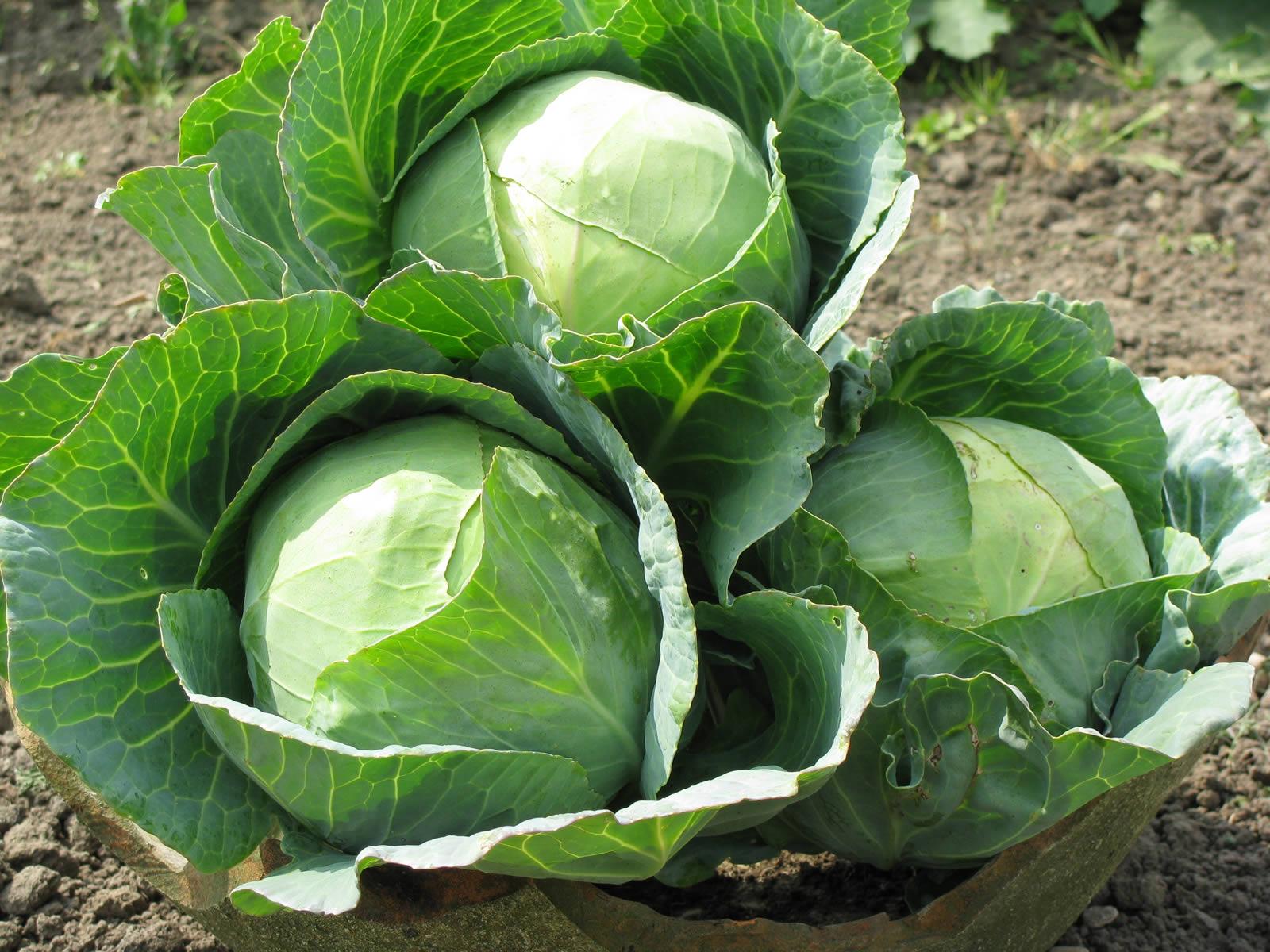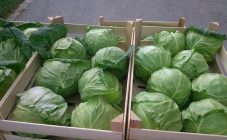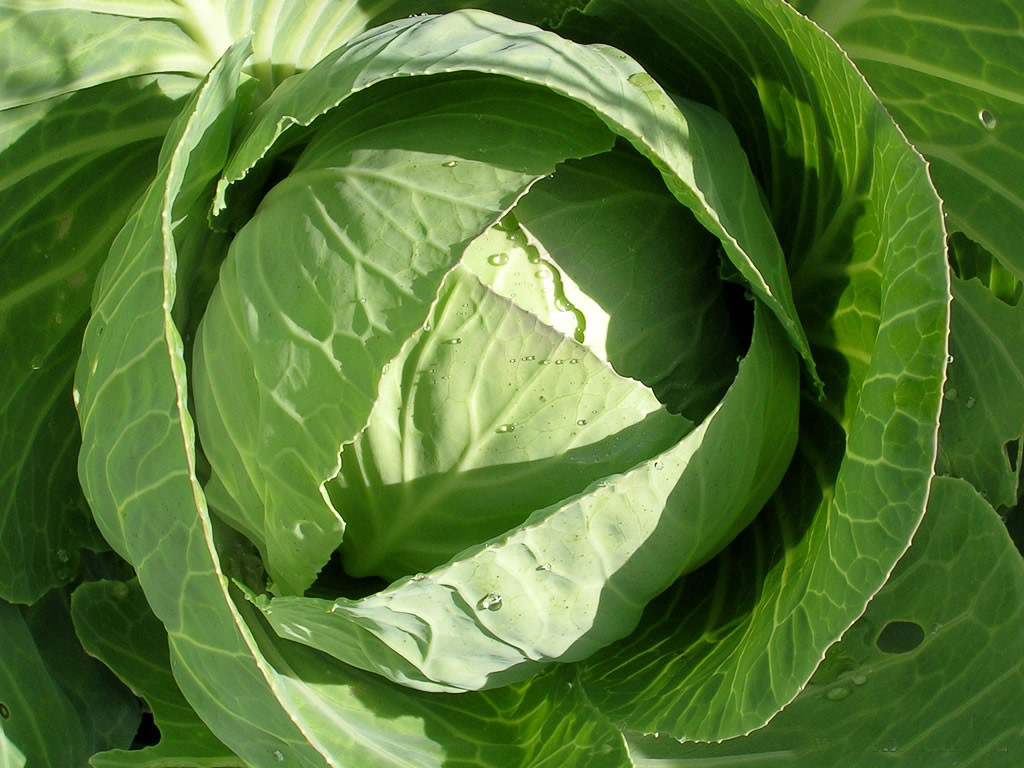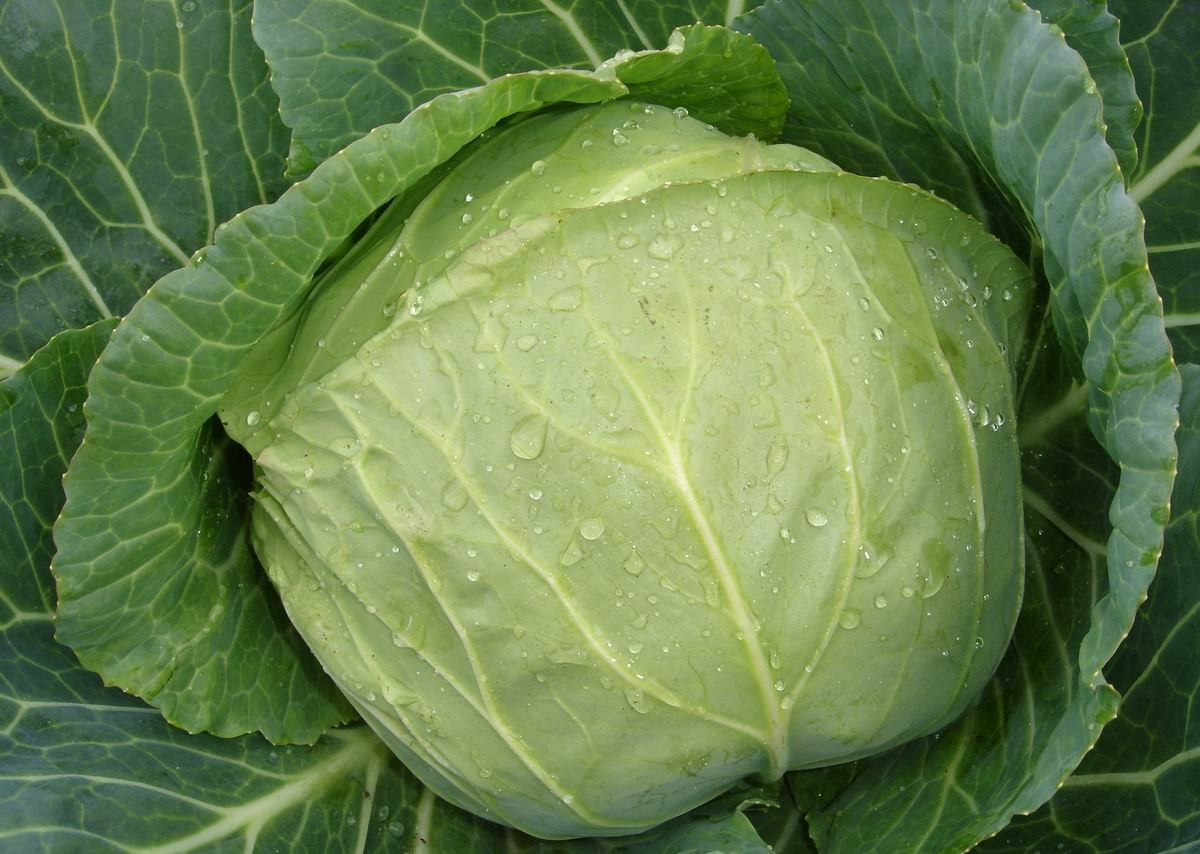Content:
Cabbage is an ancient vegetable that is rich in nutrients, contains vitamins A, B1, B6, P, K, U and very few calories. There is an amazing variety - Aggressor cabbage. The variety is very resistant to water shortages and grows even in the poorest soil. Today this variety is very common for obvious reasons. In addition to being easy to grow, it has a long shelf life and excellent taste, which is also good news. The variety was bred in 2003 and managed to conquer the hearts of almost all of Russia.
Cabbage variety Aggressor characteristic. How to grow
Cabbage Aggressor takes root in almost all conditions provided by Russia. For this she is appreciated. In addition to its easy availability, it is famous for its very rich amount of vitamins and low calorie content. In most cases, Aggressor cabbage is, as professionals like to say, a mid-late vegetable. On average, the interval between planting seeds and harvesting is 120 days. An average head of cabbage weighs from 2 to 3 kilograms, but sometimes it is possible to grow large representatives that reach as much as 5 kilograms. One hectare can be harvested about a ton of crops.
Description of cabbage Aggressor
This variety stands out for its beautiful, attractive appearance. The rosette is directed upwards, and the leaves, covered with a bloom of wax, are slightly concave inward. The cover leaves may have a purple hue. They are also slightly wavy around the edge. If you cut the head of cabbage, you can see the white color of the fruit, but in rare cases there is a slight yellowness.
This variety has a very impressive root system, in which one branch reaches 18 centimeters.
The main features of planting cabbage Aggressor
- Sowing should be done only in early May.
- The garden must be prepared in advance. You also need to consider that it is best to place it in a sunny place so that the earth warms up.
- The plant will develop much more rapidly if diluted humus is added to the soil.
- The planting depth is 1 centimeter, and 2-3 seeds should be placed in one hole.
After the shoots have appeared, you need to choose the most worthy ones, throwing out or transplanting the rest.
Many probably thought, what gap should be done between future plants? For normal development and active growth, you need to retreat 60 centimeters between rows and 70 between shoots.
Seedlings of Aggressor cabbage should be transplanted to the main place 40 days after germination.
The main nuances of care
This variety is not very whimsical and does not require overly complex care, but some features are still worth considering.
- In no case should you water the plant with cold or hot water, the temperature should be at room temperature.
- Abundant watering should take place every 3-4 days so that the plant can fully grow and develop.
- The plant is very fond of light, so you should not plant it next to tall crops, and also forget about the eternal damnation of every gardener - weeds.
- We must not forget to fertilize the ground with mineral fertilizers or humus - this will significantly improve the quality of the future fruit.
Cabbage Aggressor protection from harmful insects
The biggest mistake when dealing with spider bugs is to use chemicals. Any such substance is a poison that clearly will not benefit the body. The main pests are:
- cabbage moth;
- cabbage aphid;
- cabbage fly;
- white rape;
- snails and slugs.
The cabbage moth is an insect that is dangerous at all stages of development. To determine whether the pests "had a hand", you need to pay attention to the end of the leaves. If this is true, then eggs will be laid there. Also, on cabbage affected by this insect, holes often appear, covered with a thin film. To defeat the "villain", you should, first of all, weed the beds in time. Cabbage should be treated with calcium arsenate to forget about the cabbage moth forever. The rate for one hundred square meters is 12 g.
Cabbage aphid is no less common - it is a tiny insect up to 3 millimeters in size, which settles in whole colonies. It is quite easy to define them: when this "guard" settles, the cabbage leaves will acquire a pink tint. You can also see the laying of eggs on the stump. The way to fight is simple - you should remove them with a wet cloth dipped in soapy water.
The next enemy is the cabbage fly. It is a small gray insect, reaching 6 millimeters, with transparent wings and deadly larvae that harm the plant. An insect can be identified by the presence of newly formed holes that they gnawed. To get rid of the enemy forever, you need to treat the bed with a special solution, which consists of 1 tablespoon of tobacco, 2 tablespoons of wood ash and 1 teaspoon of ground red pepper.
The next army is rapeseed whites. These are white butterflies with black spots on their wings. It is not the butterflies themselves that are dangerous, but their caterpillars. They simply devour the cabbage. In most cases, eggs can be found along the bottom of the leaves. Insects will be defeated if plants are treated with chlorophos solution or calcium arsenate.
Well, the most common pests are snails and slugs. The main feature is an elongated brown body. These pests leave holes in plants, eating leaves, and also leave unpleasant mucus on it. To avoid the invasion of snails and slugs, you need to lay granules of Thunder or Meta preparations under each head of cabbage: 3-4 granules for each.
Diseases that can overtake the plant
It's no secret that plants are living organisms, and all living organisms are prone to disease. Below we will discuss the three main diseases found in the Aggressor cabbage.
Let's start with a fungal disease - Keela. The leaves change color and acquire a blue-green hue, the plant becomes lethargic. It is very simple to avoid the disease, you need to process the planting material with Granosan. Proportion - 4 g of the drug per 100 g of planting material.
An equally common disease is black leg. In this case, the base of the stem begins to darken, and ultimately rots altogether. To avoid the disease, you need to dip the roots of the seedlings in a solution of potassium permanganate before planting in the main place. Also, do not allow waterlogging of the soil, because often this is what causes the disease.
Well, the last disease is downy mildew. To identify a disease, you need to look at the leaves. They turn yellow, and a gray coating is also possible. To avoid such an ailment, you should dip the plant in a solution of Bordeaux liquid.
The main advantages and disadvantages of the variety
The advantages of this variety:
- Even under bad conditions, it gives a rather impressive harvest, from one hectare you can harvest a ton of fruits.
- Does not require strong maintenance, suitable for lazy gardeners.
- Doesn't require very frequent watering.
- Resistant to almost all weather conditions.
- Absolutely all planted seeds sprout.
- Pleasant taste.
Cons of the variety:
- The fruit can be very badly damaged by various insects.
- The plant has no immunity to fungal diseases.
- In rare cases, the leaves acquire a bitter taste.
Cabbage Aggressor is a very practical variety that is not difficult to grow and maintain. It does not require very frequent watering and does not attract a large number of pests, but it does not have immunity to fungal diseases. The variety contains a huge bunch of nutrients and vitamins, despite its low calorie content. Cabbage Aggressor is suitable for almost every gardener.
